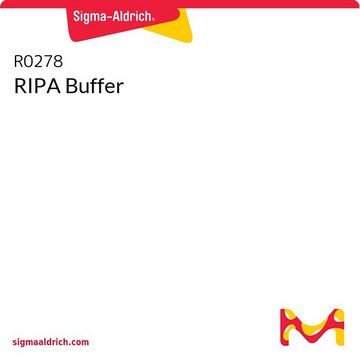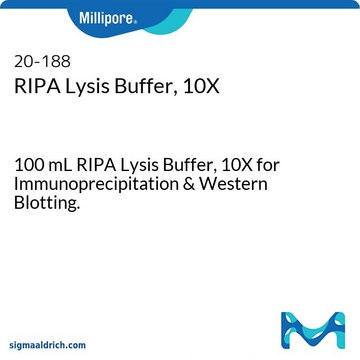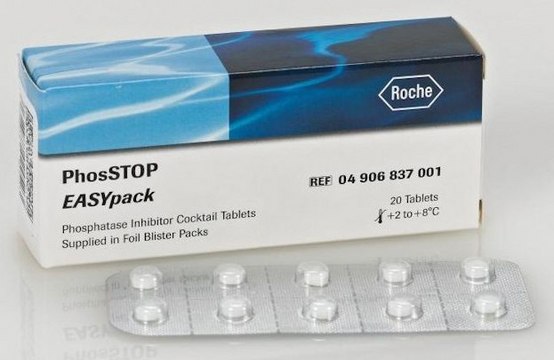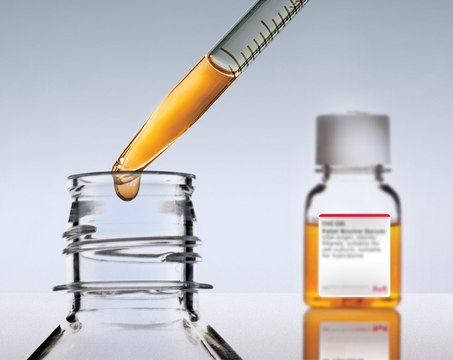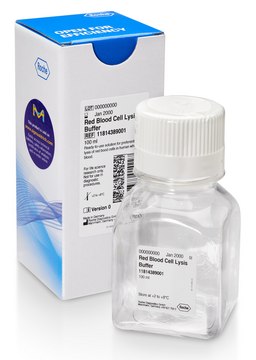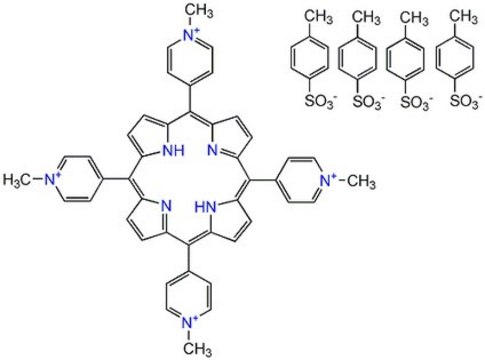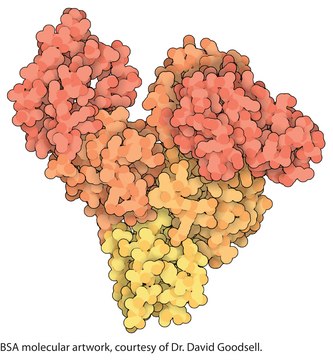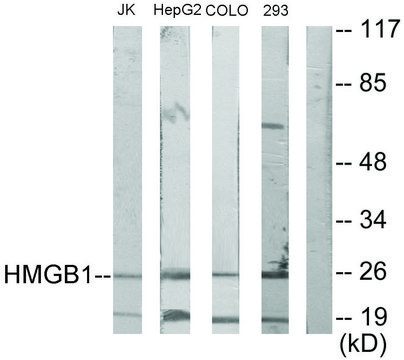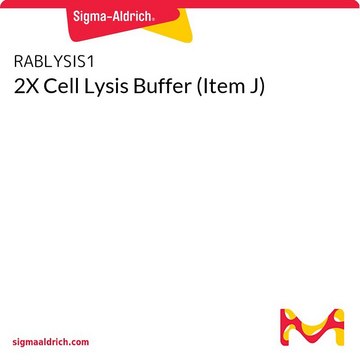G2298
Anti-GATA6 (221-235) antibody produced in rabbit
IgG fraction of antiserum, buffered aqueous solution
Synonym(s):
Anti-GATA binding protein 6
Sign Into View Organizational & Contract Pricing
All Photos(3)
About This Item
UNSPSC Code:
12352203
Recommended Products
biological source
rabbit
conjugate
unconjugated
antibody form
IgG fraction of antiserum
antibody product type
primary antibodies
clone
polyclonal
form
buffered aqueous solution
mol wt
antigen ~60 kDa
species reactivity
human
technique(s)
western blot: 1:500-1:2,000
UniProt accession no.
shipped in
dry ice
storage temp.
−20°C
Gene Information
human ... GATA6(2627)
Immunogen
synthetic peptide corresponding to amino acids 221-235 of human GATA6
Application
Anti-GATA6 antibody produced in rabbit is suitable for western blotting at a working dilution of 1:500-1:2000.
Yale Center for High Throughput Cell Biology IF-tested antibodies. Each antibody is tested by immunofluorescence against HUVEC cells using the Yale HTCB IF protocol. To learn more about us and Yale Center for High Throughput Cell Biology partnership, visit sigma.com/htcb-if.
Yale Center for High Throughput Cell Biology IF-tested antibodies. Each antibody is tested by immunofluorescence against HUVEC cells using the Yale HTCB IF protocol. To learn more about us and Yale Center for High Throughput Cell Biology partnership, visit sigma.com/htcb-if.
Biochem/physiol Actions
GATA6 (GATA binding protein 6) gene encodes a member of a family of zinc finger transcription factors. During vertebrate development, it plays a key role in the regulation of cellular differentiation and organogenesis. It may play a crucial role in cardiac differentiation. Mutation in this gene causes human cardiac outflow tract defects by disrupting semaphorin-plexin signaling.
Physical form
Solution in 0.01 M phosphate buffered saline, pH 7.4, containing 15 mM sodium azide.
Disclaimer
Unless otherwise stated in our catalog or other company documentation accompanying the product(s), our products are intended for research use only and are not to be used for any other purpose, which includes but is not limited to, unauthorized commercial uses, in vitro diagnostic uses, ex vivo or in vivo therapeutic uses or any type of consumption or application to humans or animals.
Not finding the right product?
Try our Product Selector Tool.
Regulatory Information
新产品
Choose from one of the most recent versions:
Certificates of Analysis (COA)
Lot/Batch Number
Don't see the Right Version?
If you require a particular version, you can look up a specific certificate by the Lot or Batch number.
Already Own This Product?
Find documentation for the products that you have recently purchased in the Document Library.
E Suzuki et al.
Genomics, 38(3), 283-290 (1996-12-15)
GATA factors constitute a family of transcriptional regulatory proteins expressed with distinct developmental and tissue-specific profiles and thought to regulate cell-restricted programs of gene expression. Here we describe the molecular cloning, chromosomal location, and transcription of the human GATA-6 gene.
A Brewer et al.
The Journal of biological chemistry, 274(53), 38004-38016 (1999-12-23)
GATA-6 has been implicated in the regulation of myocardial differentiation during cardiogenesis. To determine how its expression is controlled, we have characterized the human and mouse genes. We have mapped their transcriptional start sites and demonstrate that two alternative promoters
I C Huggon et al.
Biochimica et biophysica acta, 1353(2), 98-102 (1997-08-07)
Human GATA-6 has been cloned from foetal heart by a combination of PCR-based methods and cDNA library screening. The 3.8 kbp cDNA has a coding sequence of 1347 bp the 449 aa protein is virtually identical in the two zinc-finger
Xuechao Jiang et al.
Orphanet journal of rare diseases, 16(1), 334-334 (2021-08-02)
TBX1 (T-box transcription factor 1) is a major candidate gene that likely contributes to the etiology of velo-cardio-facial syndrome/DiGeorge syndrome (VCFS/DGS). Although the haploinsufficiency of TBX1 in both mice and humans results in congenital cardiac malformations, little has been elucidated
GATA6 mutations cause human cardiac outflow tract defects by disrupting semaphorin-plexin signaling.
Kazuki Kodo et al.
Proceedings of the National Academy of Sciences of the United States of America, 106(33), 13933-13938 (2009-08-12)
Congenital heart diseases (CHD) occur in nearly 1% of all live births and are the major cause of infant mortality and morbidity. Although an improved understanding of the genetic causes of CHD would provide insight into the underlying pathobiology, the
Our team of scientists has experience in all areas of research including Life Science, Material Science, Chemical Synthesis, Chromatography, Analytical and many others.
Contact Technical Service